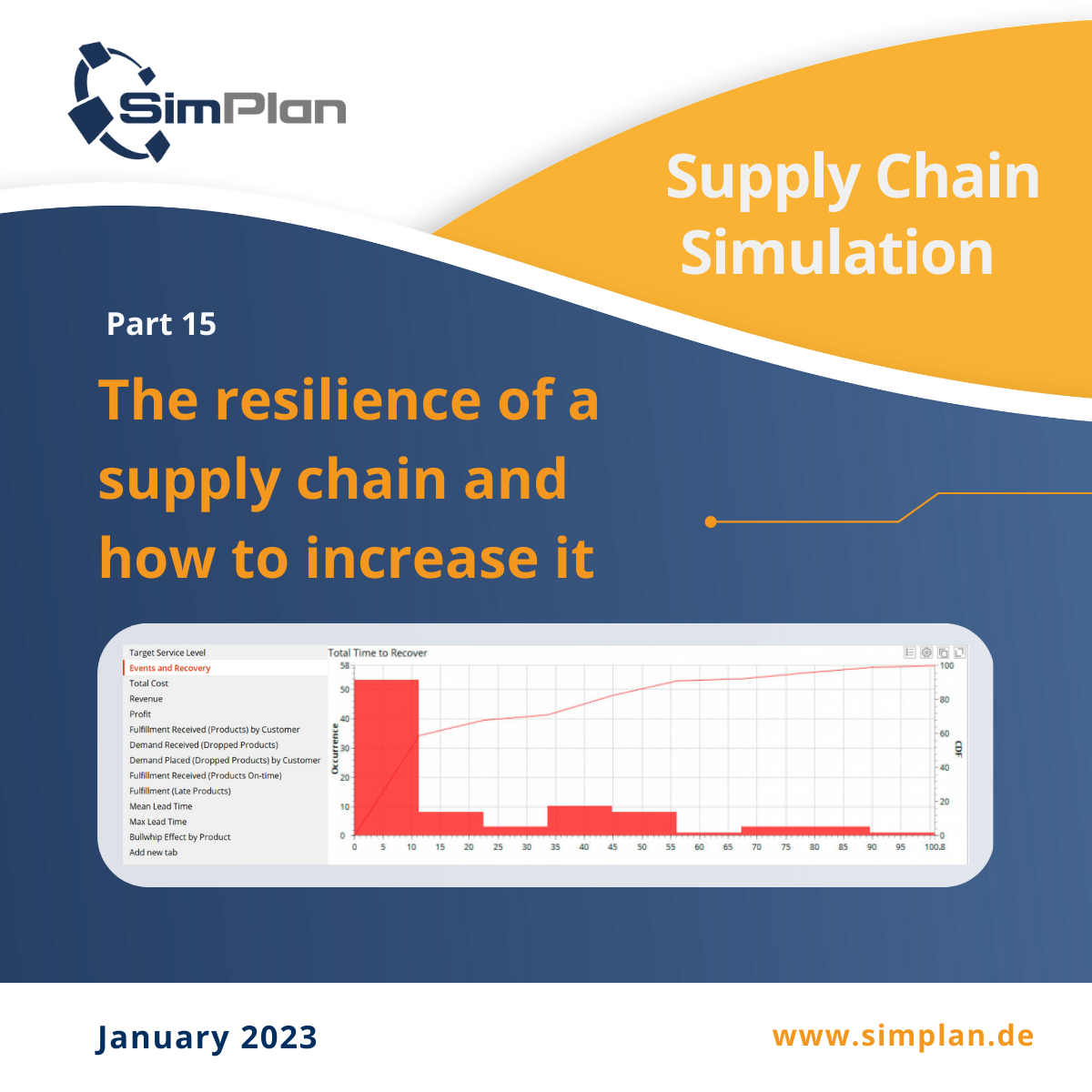The resilience of a supply chain and how to increase it
Today, the challenges for supply chain managers are greater than ever. Logistics networks have been disrupted and energy prices have skyrocketed. Experts predict that the impact will continue to be severe and inflation will remain high in 2023.
Uncertainty, risk and the resulting disruptions are major vulnerabilities in the supply chain, but supply chain resilience can address or mitigate them.
What exactly is supply chain resilience?
Resilience describes the supply chain’s ability to compensate for external disruptions and restore normal operations.
To understand how strategically important supply chain resilience can be, experts compare it to efficient and responsive strategies. Responsive supply chains focus on meeting demand and satisfying customers, while efficient supply chains seek to take advantage of lean manufacturing and volume benefits.
Responsive supply chains respond quickly to customer demand, have low inventory levels and have flexible suppliers. They also shorten lead times to respond quickly to fluctuations in demand.
Efficient supply chains focus mainly on reducing costs through high capacity utilisation, minimising inventories and contracting suppliers from low-cost countries.
Resilient supply chains aim to ensure continuity of operations and meeting demand in the event of disruptions. However, such a strategy builds on some redundancies such as safety stocks (buffer stocks) and capacity buffers.
Ultimately, companies should aim for a balance between efficiency, responsiveness and resilience to develop profitable and disruption-resistant supply chains.
Optimisation and simulation for resilient supply chains
Supply chains are evolving into technology-driven networks and digital ecosystems. Data analytics, additive manufacturing and Industry 4.0 are facilitating the creation of end-to-end supply chain visibility, which is essential for supply chain resilience.
Leading business consultants are finding that today’s technologies are challenging old assumptions that resilience can only be bought at the expense of efficiency. Recent advances offer new solutions for running scenarios, monitoring many layers of supplier networks, speeding up response times and thus transforming the economics of production.
Optimisation and simulation help explore different disruption scenarios, assess the potential impact on supply chain performance and then develop recovery strategies.
Building a resilient supply chain
Supply chain managers use optimisation to stress test supply chain production and distribution plans based on different network designs. Contingency plans can be analysed and recovery plans developed and tested.
Simulation helps to dynamically analyse production and inventory control strategies as well as operational strategies during a disruption, while the supply chain is restored to normal and afterwards.
To increase resilience, supply chain managers can combine optimisation and simulation capabilities and take the following actions:
- Assess supply chain risks
- Mitigate the risk of supply shortages and enable the provision of customer services
- Diversify the supply chain network
- Develop a digital twin
For more in-depth information on resilience, watch the following video in which Prof. Dr. Dr. habil. Dmitry Ivanov gives an overview of technologies that help supply chain managers in their daily work. He introduces the concept of ripple effects caused by disruptions and demonstrates how to model resilience in anyLogistix supply chain modelling software.
Video: https://www.youtube.com/watch?v=KKWrZlGUSIk&t=2s.
Source: The AnyLogic Company


